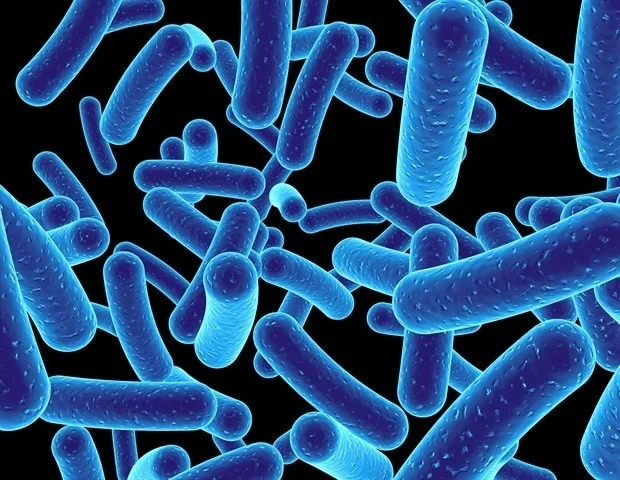At-Home Blood Sample Collection: The Importance of Temperature Integrity
Phlebotomy – the drawing of blood – has been practised for centuries and remains one of the most common invasive procedures in healthcare. Every step in the phlebotomy process affects the quality of the specimen, playing a crucial role in preventing laboratory errors, resulting in increasing stress for patients and their family members, increasing their bills,or even leading to deaths. A simple touch of a finger to locate a vein before needle insertion, for instance, increases the chance of contaminating a specimen.
The Root of the Problem: Pre-Analytic Errors
While lab errors can sometimes be dismissed as typographical, the real issue often lies in the pre-analytic phase of sample collection. This phase, which spans from sample collection to lab processing, is especially challenging in home sample collection. Maintaining proper temperature control is critical, as samples must be kept between 2-8°C to remain viable.
In India’s scorching climate, meeting this requirement is particularly difficult, especially when samples are transported over long distances, with extreme temperatures ranging from -2 degree to 50 degrees.
Why Temperature Control Matter
Blood samples exposed to extreme temperatures can undergo biochemical changes that compromise their integrity. Blood is a complex mixture of cells, proteins, enzymes, and molecules, and temperature fluctuations can cause proteins to denature, enzymes to deactivate, and cells to degrade. These changes lead to inaccurate test results and potential misdiagnoses, jeopardising patient care.
According to the University of California, Los Angeles, blood components should be stored* as follows:
=Red blood cells can be stored for up to 42 days at 1°C to 6°C, depending on additive.
= Platelets can be stored at 20°C to 24°C for up to 5 days with constant agitation.
= Plasma frozen at temperatures of -18°C or below within 8 hours of collection can be stored for up to 1 year.
Innovation in Thermal Packaging Solutions
To combat these challenges, thermal energy storage materials like Phase Change Materials (PCM) offer significant potential. The combination of PCM and insulation enables the thermal packaging industry to innovate and engineer solutions for the precise and safe transport of diagnostic samples. These materials provide an array of temperature options to create robust, custom solutions based on the required temperature, duration, and criticality.
PCMs absorb or release energy as they change phase, providing precise temperature control. Unlike traditional ice, PCMs offer long-lasting thermal stability. When designed with a phase transition temperature matching the ideal storage range, PCMs ensure samples remain within the 2-8°C window, even in extreme conditions.
Need for Different Approaches and Temperatures for Different Samples
Pre-validated temperature-controlled packaging using PCMs can maintain the critical 2-8°C range. This technology not only prevents temperatures from rising above 8°C but also keeps them from dropping below 2°C, even during India’s hot summers.
Certain samples, such as blood platelets, require controlled room temperatures between +15 to +25°C. Specific PCMs designed to maintain this range are used instead of gel packs or ice packs, which are not recommended. Whole blood intended for platelet separation must be maintained at +20 to +24°C prior to processing, as lower temperatures can impair platelet function and separation efficiency. Platelets should be prepared within 8 hours of blood collection and stored at 20-24°C with continuous agitation to prevent aggregation, which could compromise their viability.
Due to the room temperature storage, there is a risk of bacterial contamination; hence, the storage area should consistently remain below 24°C. During transport, platelets should be kept in a blood transport box that maintains a temperature range of 20-24°C. Platelets must not be refrigerated and should be transfused as soon as possible.
What It Enables: Precise and Robust Temperature Control
Implementing PCM-based temperature-controlled packaging in sample transportation could transform healthcare diagnostics. Reliable temperature control ensures accurate test results, reducing stress for patients and their families. PCM-based products like the Prongo® bag and Celsure® from Pluss demonstrate the efficacy of PCM-based solutions in real-world conditions.
Effective sample transportation is paramount in healthcare diagnostics. Government-regulated guidelines are essential to ensure laboratories adhere to proper procedures, thereby ensuring safety and reliability in diagnostics.
The author is the VP and Business Head, PLUSS Advanced Technologies.














